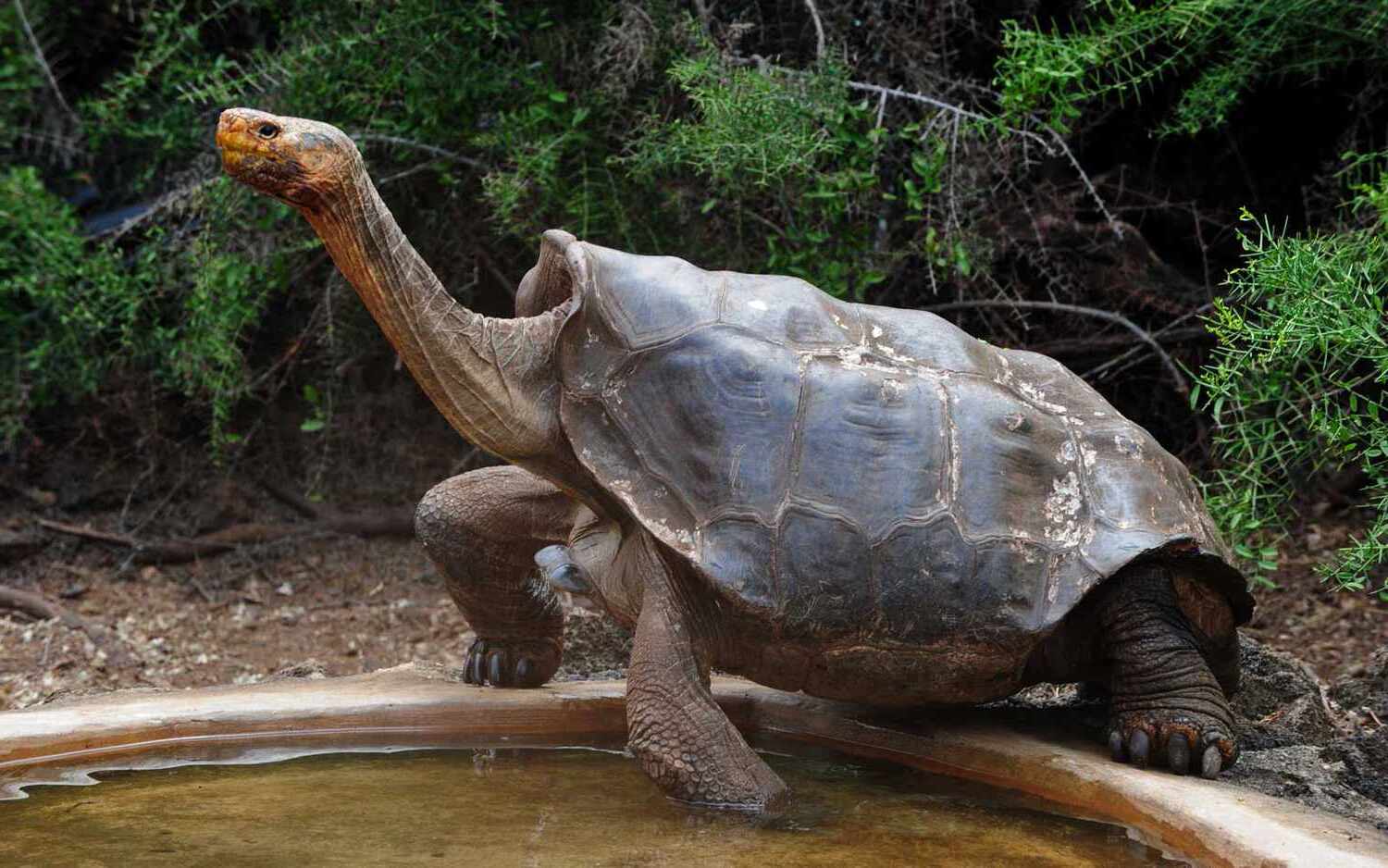
Giant tortoises are some of the most fascinating creatures on Earth. These slow-moving giants can live for over a century, making them some of the longest-living animals. Found mainly on the Galápagos Islands and Aldabra Atoll, they have unique adaptations that help them survive in harsh environments. Their massive shells, which can weigh up to 500 pounds, provide protection from predators. Interestingly, these tortoises can go without food or water for up to a year! They play a crucial role in their ecosystems by dispersing seeds and maintaining vegetation. Did you know that each island's tortoises have distinct shell shapes? This helps scientists study evolution.
Giant Tortoises: Ancient Marvels
Giant tortoises are among the most fascinating creatures on Earth. Their slow pace and long lifespans make them unique. Here are some incredible facts about these ancient marvels.
-
Giant tortoises can live over 100 years. Some have even reached 150 years or more, making them one of the longest-living animals on the planet.
-
They are herbivores. Their diet consists mainly of grasses, leaves, and fruits. They can go for long periods without food or water.
-
Giant tortoises are native to the Galápagos Islands and Aldabra Atoll. These remote locations have allowed them to evolve without many predators.
-
They have a slow metabolism. This slow metabolism contributes to their long lifespan and ability to survive without food for extended periods.
Physical Characteristics of Giant Tortoises
Their physical traits are as impressive as their longevity. Let's explore some of their unique features.
-
Giant tortoises can weigh up to 900 pounds. Their massive size helps protect them from predators.
-
Their shells are made of bone and keratin. The shell is an extension of their ribcage and spine, providing excellent protection.
-
They have strong, sturdy legs. These legs support their heavy bodies and allow them to move slowly but steadily.
-
Their necks are incredibly long. This adaptation helps them reach high vegetation and navigate their environment.
Behavior and Lifestyle
Understanding their behavior gives us insight into how they have survived for so long.
-
Giant tortoises are mostly solitary. They prefer to live alone, coming together only for mating.
-
They are diurnal. Active during the day, they spend their time foraging for food and basking in the sun.
-
They have a unique way of communicating. They use body language and sounds to interact with each other, especially during mating season.
-
Giant tortoises can sleep for up to 16 hours a day. This long rest period helps conserve energy.
Reproduction and Growth
Their reproduction process is slow but fascinating.
-
Female tortoises lay between 2 to 16 eggs. They bury their eggs in the sand, leaving them to hatch on their own.
-
Incubation can take up to 8 months. The temperature of the sand determines the sex of the hatchlings.
-
Hatchlings are independent from birth. They receive no parental care and must fend for themselves immediately.
-
Growth is slow. It can take up to 40 years for a giant tortoise to reach full size.
Conservation and Threats
Despite their resilience, giant tortoises face several threats.
-
Habitat destruction is a major threat. Human activities like farming and construction have reduced their natural habitats.
-
Invasive species pose a significant risk. Animals like rats and dogs prey on eggs and young tortoises.
-
Conservation efforts are in place. Organizations work tirelessly to protect their habitats and ensure their survival.
-
Captive breeding programs help maintain populations. These programs aim to reintroduce tortoises into the wild and boost their numbers.
The Last Word on Giant Tortoises
Giant tortoises are truly fascinating creatures. These ancient reptiles, with their slow pace and long lifespans, offer a glimpse into a world that existed long before humans. They can live over 100 years, weigh up to 900 pounds, and have shells that act like armor. Found mainly in the Galápagos Islands and Aldabra Atoll, these tortoises have unique adaptations that help them survive in harsh environments. Their diet mainly consists of grasses, leaves, and fruits, and they play a crucial role in their ecosystems by dispersing seeds. Conservation efforts are vital to protect these gentle giants from threats like habitat loss and poaching. Learning about giant tortoises not only enriches our knowledge but also underscores the importance of preserving our planet's biodiversity. So next time you think about ancient creatures, remember the giant tortoise and its incredible journey through time.
Was this page helpful?
Our commitment to delivering trustworthy and engaging content is at the heart of what we do. Each fact on our site is contributed by real users like you, bringing a wealth of diverse insights and information. To ensure the highest standards of accuracy and reliability, our dedicated editors meticulously review each submission. This process guarantees that the facts we share are not only fascinating but also credible. Trust in our commitment to quality and authenticity as you explore and learn with us.


